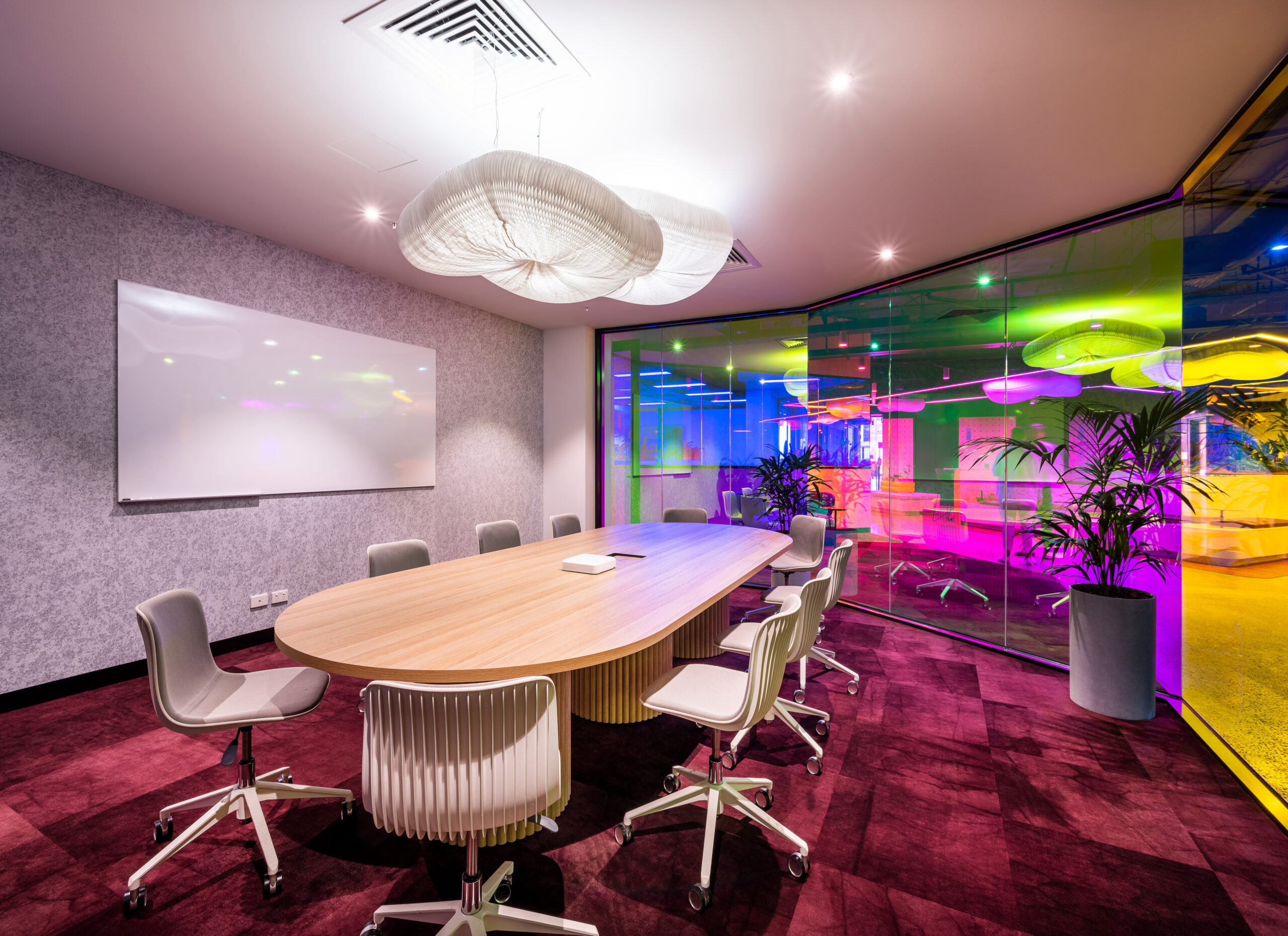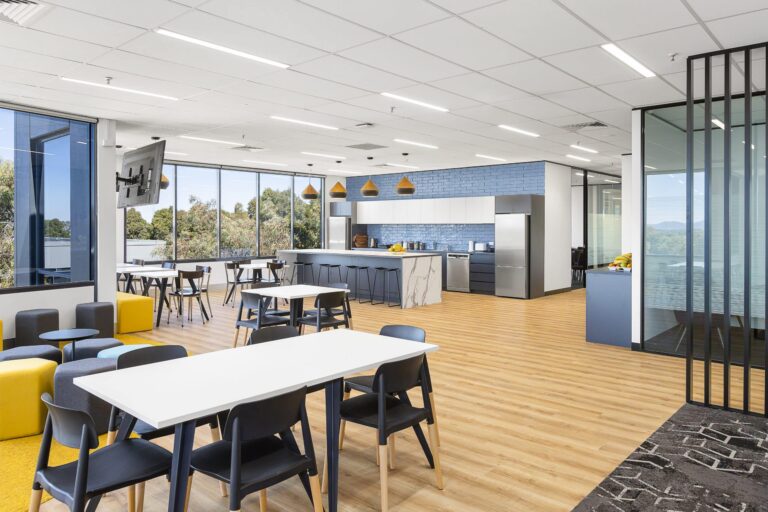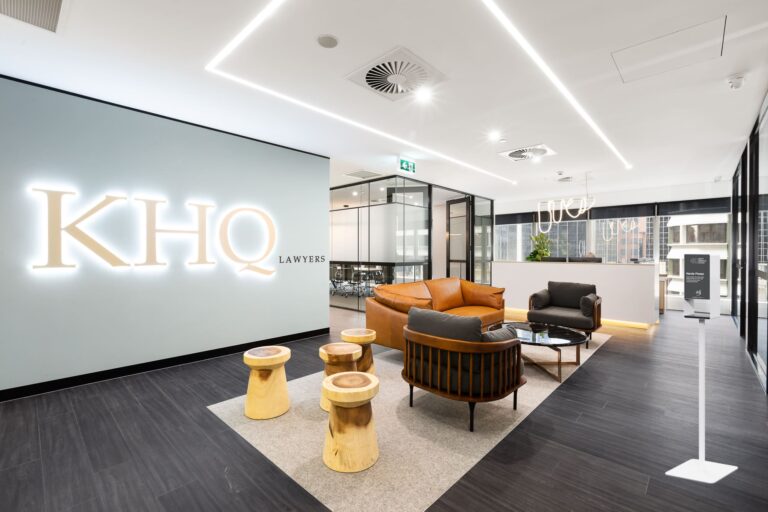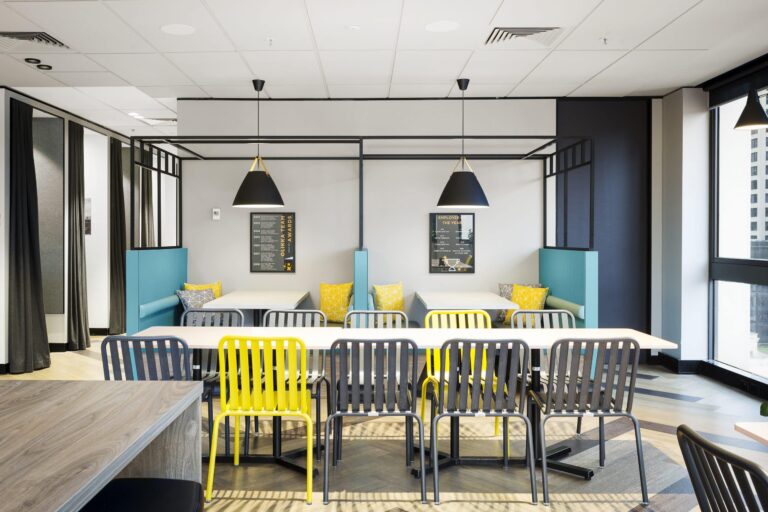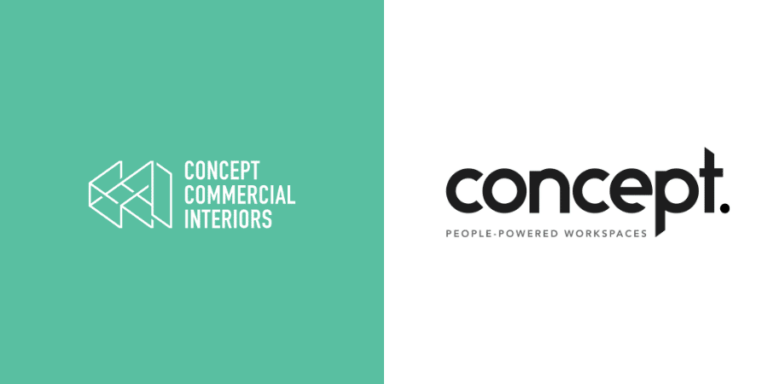By Gemma Daskalou
Elevate Strategy Lead
In today’s fast-paced business world, the work environment is a critical factor in driving productivity and employee well-being. As someone deeply engaged in researching and experiencing various workplace settings, I’ve gathered valuable insights that can help optimise your work environments to maximise your team’s potential. Here’s what I’ve discovered:
The Company Office: Fostering Culture and Collaboration
The traditional office space remains a vital hub for collaboration, innovation, and fostering company culture. To optimise the company office, consider incorporating open-plan layouts that maximise real estate, versatile meeting areas, and communal spaces. Ergonomic furniture and ample natural light are essential. Creating zones for different activities—such as quiet areas for focused work and interactive zones for brainstorming—ensures that the office supports a variety of work styles and tasks. In-person interactions strengthen team bonds, encourage spontaneous brainstorming sessions, and promote a sense of community.
The Home Office: Ideal for Flexibility and Focused Work
Remote work is rapidly gaining popularity but remains a divisive issue. While some organisations view it as an opportunity to expand their talent pool, enhance work-life balance, and empower employees, others express concerns about potential productivity losses and misuse of privileges.
While remote work offers flexibility, it can also lead to distractions, limited resources, and blurred work-life boundaries, potentially impacting productivity and well-being. The suitability of remote work depends on individual roles and tasks.
Tasks demanding deep concentration thrive in remote environments. Creating a dedicated, distraction-free workspace equipped with essential technology is crucial for optimising productivity. Ergonomic considerations, proper lighting, and soundproofing are essential for a comfortable and efficient home office setup.
Empowering employees to work remotely fosters trust, independence, and increased job satisfaction, ultimately contributing to overall organisational success when paired with office days.
The External Environment: Enhancing Internal Design Through Surroundings
To design an effective internal workspace, it’s crucial to understand the external environment and its available facilities. Knowing what is around your work environment enables you to better integrate external resources into your workplace strategy. Consider the following factors:
- Transport:
Evaluate the accessibility of public transport options for your employees. Easy access to buses, trains, or subways can significantly reduce commute times and improve work-life balance. - Cafes and Restaurants:
Nearby cafes and eateries provide convenient options for quick breaks and informal meetings, enhancing employee satisfaction and offering spaces for casual collaboration. - Parking Facilities:
Adequate parking is essential for employees who drive to work. If parking is limited, ensure great end-of-trip facilities. - Conference Spaces:
Determine if there are external conference facilities nearby that you can leverage for larger meetings or events. This can be a cost-effective solution if your office space is limited. - Other Amenities:
Consider proximity to gyms, childcare centres, and other services that contribute to employee well-being and convenience.
By understanding these external elements, you can make informed decisions about what needs to be incorporated into your internal design. For instance, if external conference spaces are readily available, you might prioritise collaborative and breakout areas within your office. Conversely, if parking is limited, providing secure bike storage and promoting public transport options could be beneficial.
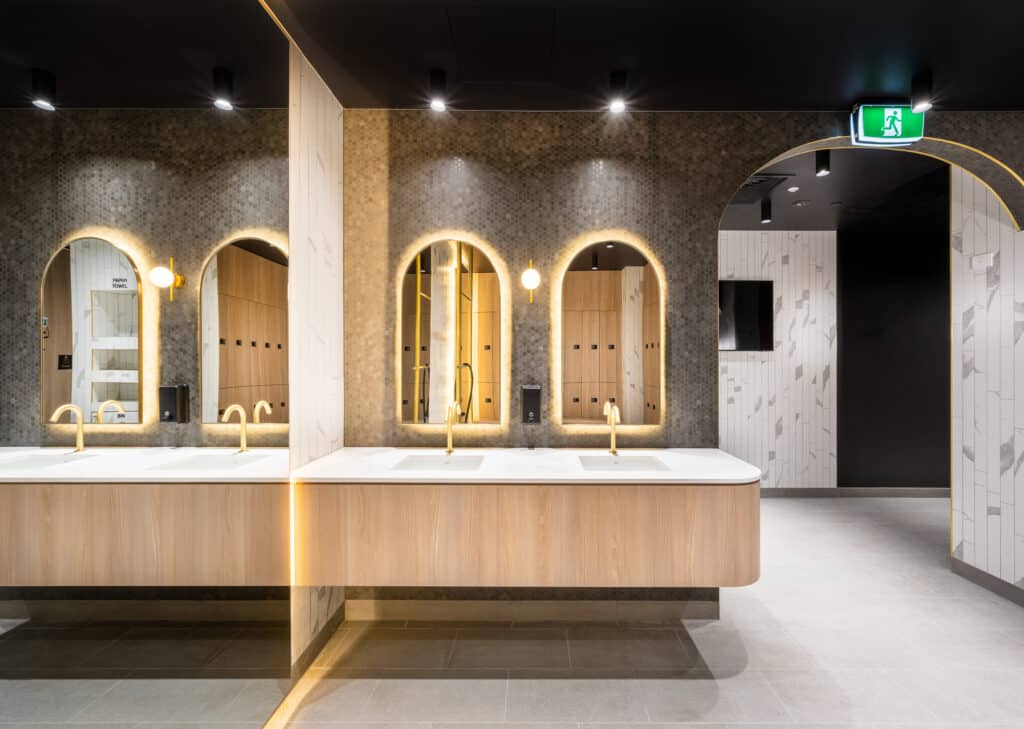
Leveraging AI and Smart Systems for Productivity
In the digital age, the integration of AI and advanced systems in the workplace is revolutionising productivity. Optimising workplace technology involves enhancing systems and automation for scheduling and task management. Smart boards, meeting software, and AI-driven tools streamline tasks, enhance communication, and facilitate efficient workflows. AI can assist in scheduling meetings, managing projects, and analysing data to provide actionable insights. Ensuring that digital interfaces are user-friendly and that technology is up-to-date reduces friction and enhances overall efficiency. By adopting these technologies, you ensure that your team is working smarter, not harder.

By considering these four keystones—The Company Office, The Home Office, The External Environment, and Leveraging Technology—we create comprehensive and cohesive workplace designs that meet the evolving needs of businesses and their employees. An optimised work environment is not about one-size-fits-all solutions but about creating a dynamic ecosystem that caters to different needs. At Concept, our goal is to design spaces that not only look good but also work well, supporting the diverse ways people work today.
Stay tuned for more insights and tips from our series on workplace design, where we’ll delve deeper into each of these environments and share our strategies for creating the perfect workspace.

With over 15 years in the industry, Gemma will be taking workspaces to new heights as our Elevate Strategist- designing exceptional projects for clients eager to elevate the human experience of their space, driving productivity and promoting staff wellbeing.
